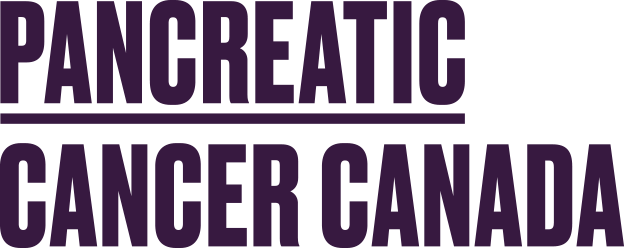George and Nancy’s journey: A husband’s unimaginable pain and a wife’s unwavering advocacy
As a house painter for over 20 years, aches and pains were a pretty normal part of George Tavares’ day-to-day life. But in January 2024, his back pain had become unbearable. A trip to the emergency room resulted in an MRI and a diagnosis of a slipped disk and pinched nerve. George was sent home with prescriptions for pain medication, but the discomfort persisted.
George and his wife, Nancy, visited his family doctor who referred him to a spine clinic a few weeks later. While waiting for his appointment, George went back to the emergency room four times because of the excruciating pain he was experiencing. Nancy was surprised that the emergency room just kept prescribing medication for the pain rather than ordering additional tests to determine its cause.
In February, the spine clinic gave George a series of cortisone shots in his back and told him that he should start to feel better within two weeks. Instead of relief, the pain spread quickly to his stomach.
“George and I were so desperate to relieve his pain,” says Nancy. “He couldn’t work or function at home. He couldn’t eat because he was in pain. We didn’t understand why none of the medications were helping. He started to lose weight and then I noticed his skin was turning yellow.”
In early March, George went to a walk-in clinic where he was sent for a CT scan of his liver. The scan showed spots on his liver, but the clinic told them that the spots were not concerning because it was likely just fatty tissue. The clinic booked him for a follow-up CT scan which was booked for June – over three months away.
George’s pain continued to get worse and his wife, Nancy, was not willing to wait any longer for an answer. “I refused to accept the idea that we had to wait three months while George suffered. I called the clinic every single day for a cancellation appointment and finally got one on Tuesday, April 26. The same day that he had the scan, we got the diagnosis – stage 4 pancreatic cancer with metastasis to his liver.”
Despite finally having a diagnosis and an explanation for the symptoms that George had been experiencing, his suffering continued. The doctors recommended a course of chemo but over the next four months, George suffered multiple blood infections, two strokes and complications from the chemo.
Throughout this experience, Nancy acted as an advocate and caregiver. “I left my job to care for George after his diagnosis,” explains Nancy. “When he stayed in the hospital for weeks on end, I was by his side day and night. This was all new to me and I was frightened for him but I wanted to be strong for him too. To be an effective caregiver, I learned to speak and act on his behalf. I kept track of his medication schedule and made sure that the nurses were giving him what he needed. I learned how to give him his medication and how to drain fluids from his abdominal area.”
Amidst the painful realities of George’s cancer, there were also moments of joy. George had been a diehard Toronto Maple Leaf’s fan since he was a child, and his favourite player was Doug Gilmour. In May, Doug and Sonya Gilmour made a surprise visit to George and Nancy’s home. “George was overwhelmed with happiness,” says Nancy. “He cried to see his all-time favourite player up close and personal and to have the chance to hang out together like friends. George told me that it was the second-best day of his life – the first best was the day we got married.”
Only four months after his diagnosis, on August 17, 2024, at the age of 55, George passed away with Nancy by his side.
Today, Nancy is finding ways to cope with her loss by remembering who George was throughout their life together. “I can only describe George as a humble, genuine and empathetic person,” says Nancy. “He never turned away when someone was in need, he always made an effort to help no matter where we were or what the situation was, without any judgement. He had a heart of gold when it came to generosity.”
She also feels motivated to help others by sharing the lessons she learned during George’s experience. Neither Nancy nor George had ever heard of pancreatic cancer before his diagnosis and they certainly didn’t know the signs and symptoms of the disease.
“I would tell people who have signs or symptoms to see your doctor right away and ask them about pancreatic cancer,” says Nancy. “In George’s case, it probably wouldn’t have made a difference if he had been diagnosed when he started experiencing symptoms, but the three months of pain and suffering and the unknown we endured leading up to his diagnosis, I would not wish that on anyone.”
Nancy also learned about navigating the healthcare system during George’s cancer experience. While she was initially hesitant to question the doctors and nurses, she realized that she needed to speak up on George’s behalf. To be an effective advocate and a caregiver, she learned to be persistent, inquisitive and strong.
“If you feel that the doctors aren’t doing enough, go get a second opinion. What you know about pancreatic cancer today might help you or a loved one with the disease tomorrow.”
Know the warning signs of pancreatic cancer
Unfortunately, late diagnosis is one of the main reasons pancreatic cancer survival rates are so low. By recognizing the symptoms, listening to our bodies, and being our own self-advocate, we can see an increase in early detection and improved outcomes for this disease.
Click the button below to learn more about the signs and symptoms of pancreatic cancer.

Recent Comments